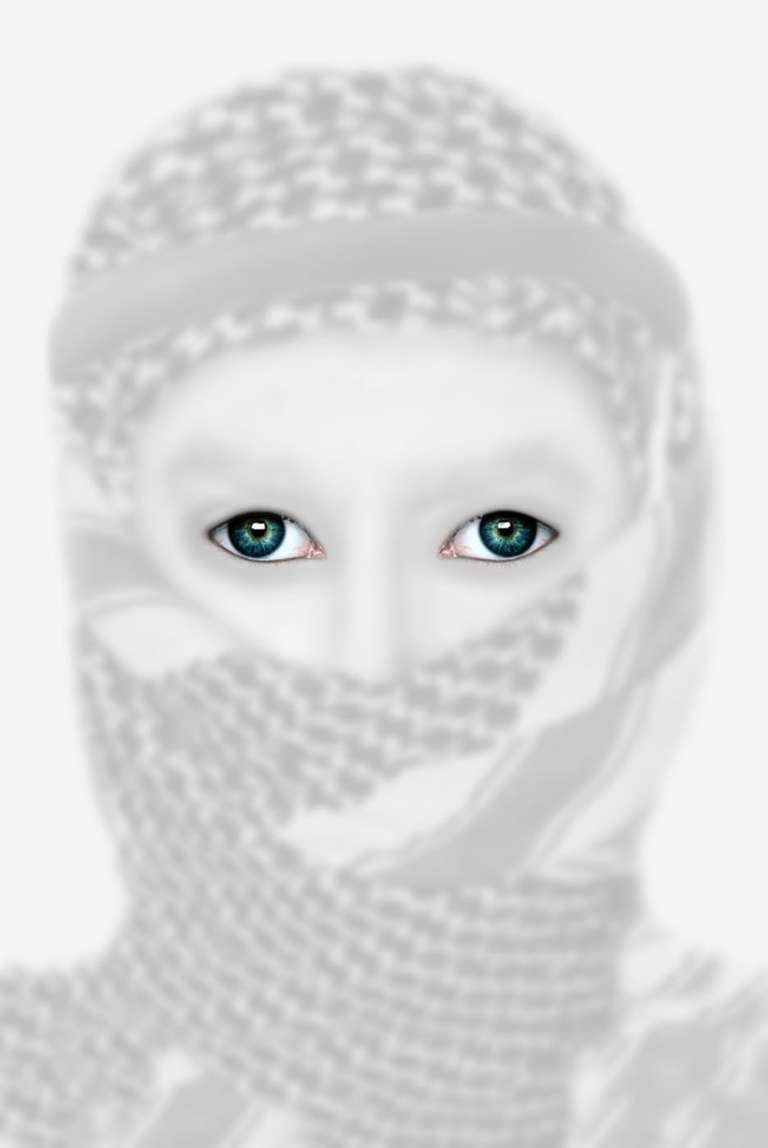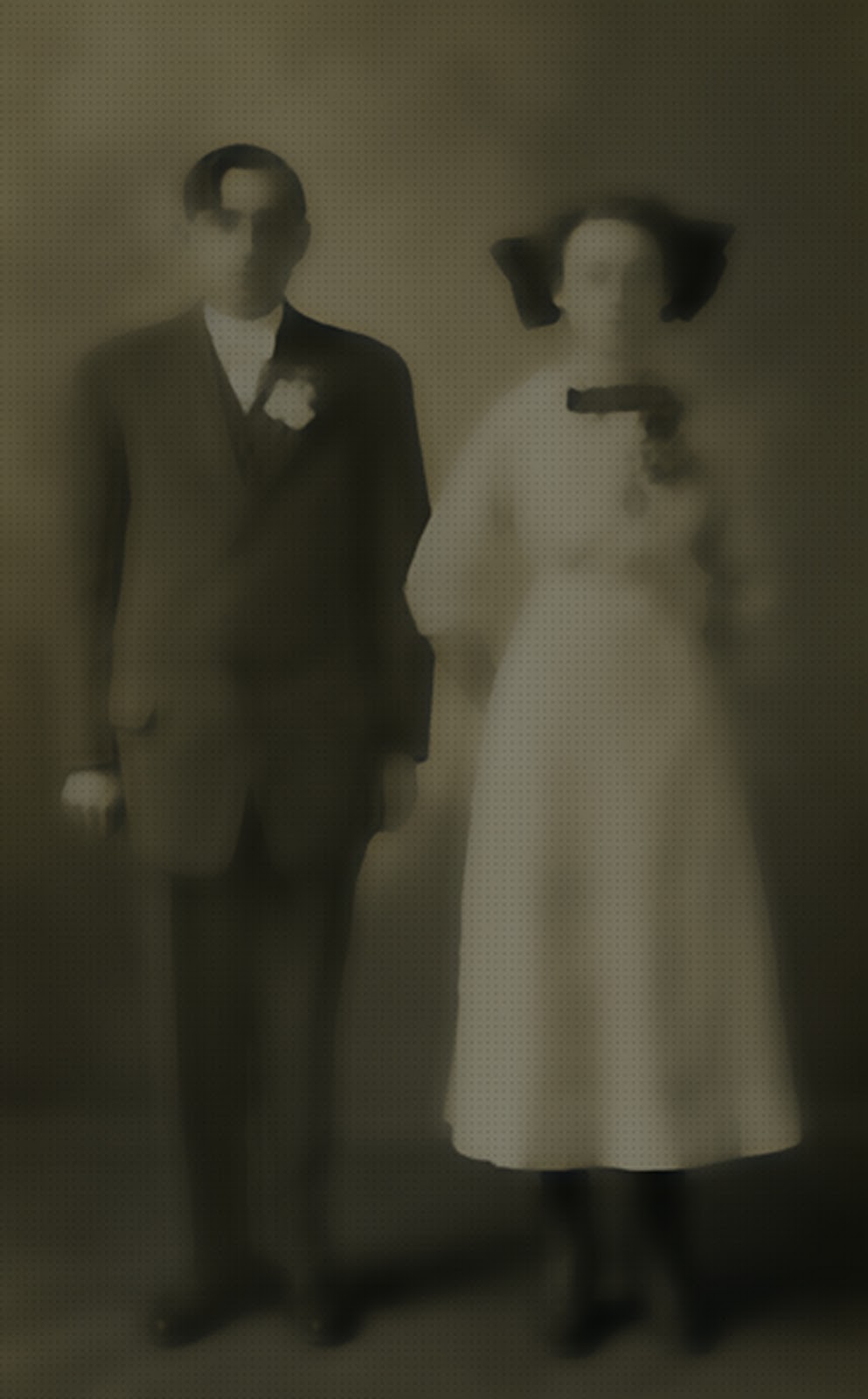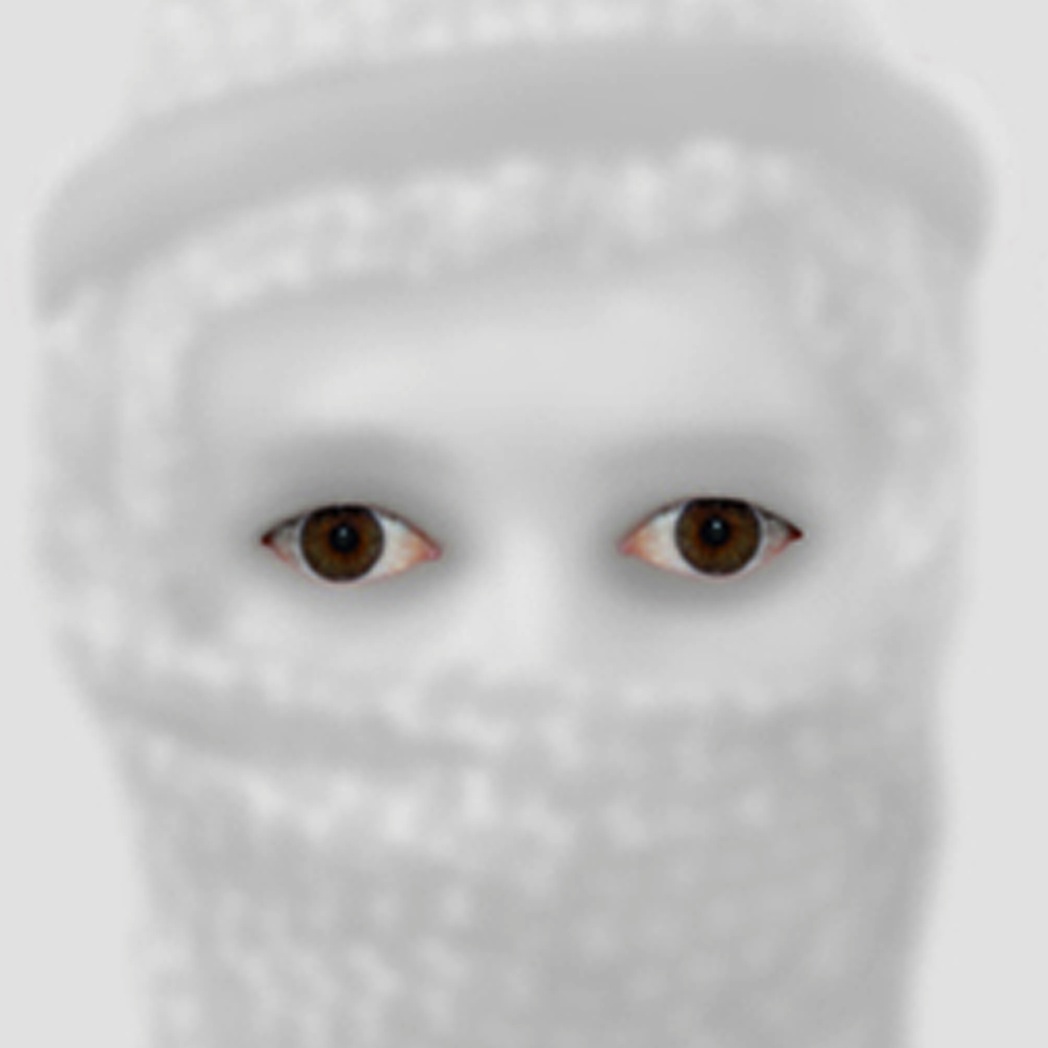Sarah Zakzouk in conversation with Iraqi artist Halim Al Karim
Commemorating the ten-year anniversary of the invasion of Iraq is Iraqi-born artist Halim Al Karim’s first UK solo exhibition at Artspace London. This exhibition falls within the gallery’s wider ethos of bridging the gap between the Middle East and the West, highlighting a timeline of events spanning the mid-80s to 2011.
Al Karim grew up in Baghdad in the 60s and 70s. Throughout his life, he was greatly inspired by his father, a former history professor and amateur photographer, who encouraged him to dream. Having an inclination to express himself - particularly when working in a restricted environment - art seemed like the perfect career for Al Karim. ‘I chose to study art because it was the only language that the Government could not understand’, he once smilingly remarked in an interview. Later on, like many others living in Baghdad in the 80s and 90s, Al Karim and his family endured the harrowing atrocities of war, and after graduating from University, the artist was drafted into the Iraqi army. Unable to face a life of violence, he fled the army, spending three years in exile in the southern deserts of Iraq. After finally seeking political asylum in the Netherlands, Al Karim vowed never to return to Baghdad. He now lives in Denver, Colorado with his family.
Upon meeting the artist, my attention is instantly drawn to his shocking pink goatee – which almost serves as a diversion tactic of sorts – only to later be captured by a pair of dark, beady eyes framed by thick-rimmed glasses. His face is fringed by a mane of wild, dark, and animated hair, and possesses what many would deem a typically ‘artistic’ countenance. He is fashionable, quirky, and mildly eccentric, and seems slightly tense and reserved, as if he’s expecting something. I can feel a sense of ambivalence on his part; it’s not an uncomfortable situation, but I can never tell where I stand with this man, who keeps to himself, taking his time to respond to my questions as he internalises what I say, putting a great amount of thought into his answers.

Witness from Baghdad #5
Al Karim does not talk about his current projects; rather, he keeps his new works in his studio, savouring them for two to three years before unleashing them in a collection for the world to see. Alternatively, I talk to him about his inspirations. He refers back to the struggles of his early years, and equates them with the troubles of others. His work transcends time, and does not refer to any particular events, as many people face the same struggles, but in different ways. ‘I try to make [my work] universal’, he says. I tell Al Karim about my own upbringing in the Middle East, and my natural instinct to refer back to my homeland as it were, resulting in my continued interest in this part of the world, and my inquisitiveness towards the events taking place there. He, on the other hand, thinks about the wider world, particularly Asia and the West. He recalls the 2008 recession in the West, which saw thousands of people faced with unemployment, leaving families homeless and broken, and for which nobody was held responsible. We also talk about women’s rights in the Arab world and the ever-present gender divide there – ‘But what about women in the West?’ the artist asks, pointing out that there are just as many discrepancies and inequalities in the West, such as those between men and women in the workforce. Al Karim speaks of a ‘war against society’; that is, politicians versus the masses. This, he remarks, is a universal struggle that he wants to convey through his art, as opposed to only looking at the immediate image of an Arab woman in a headscarf. ‘[I am] doing my part to prevent history from repeating itself, to stop the same mistakes [from] happening.’
I ask Al Karim the age-old question: what is your most poignant piece? ‘No artist has any favourites’, he responds authoritatively. Ah - there is a pause. Is there more to come? Now well-accustomed with Al Karim’s interview style, I wait patiently. ‘It is not necessarily about the piece as a finished product, but more about the process involved.’ The technique adopted, the media used – these are what the artist finds most poignant and memorable. As he talks about the processes involved, I see his eyes light up. He then breaks from his narrative to fiddle momentarily with a fixture holding up one of his pieces.
In this life I was stripped of my humanity, but I have retrieved what is more sublime, more noble, through my dreams
In developing his photographs, Al Karim uses a number of creative techniques, which combine to produce a series of blurred images that depict an eerie and somewhat jarring interpretation of reality. In creating these effects, he scans the negatives directly, sometimes painting them, or applying thinner to their outer surfaces before developing them. Alternatively, he shoots purposely out of focus and uses a translucent fabric, which he places in front of his models to create a blurred perception of reality. He sometimes dips his negatives in liquid wax, leaving them to cool before scanning them, which results in an illusionary and almost dystopian effect. According to the artist, the challenge involved in the artistic process is where his enjoyment lies. This is Al Karim’s passion; his father encouraged him to dream, and it seems that his dreams are what have brought him to where he is today. ‘In this life I was stripped of my humanity, but I have retrieved what is more sublime, more noble, through my dreams.’

Eternal Love
But what does it all mean? Of course, art is highly subjective, although these unnerving images make one question Al Karim’s intentions, and wonder as to what lies beneath his canvases. Witness from Baghdad 1 is eerie and unsettling. The eyes of the subjects are disturbing, and their bold juxtaposition with the dense background is incredibly powerful. These eyes are not simply watching you, but regarding you with intent. They are almost like a window into Al Karim’s life, his murky past, his experiences of violence, disruption, and anxiety, the lack of trust he must have dealt with, and his desire to seek protection. I see the layering of silk canvas over the images and the subsequent obscuring of identities as a protective statement. Just as we instinctively protect and shield our bodies from the cold, so do we protect our identities from judgement and persecution through a more metaphorical defensive ‘layering’. Al Karim leaves so much to the imagination – the imagination being the most dangerous instrument of all, with the realm of possibilities being boundless.
I end the interview by asking Al Karim to express his work in a sentence. ‘Meditation - the medicine to control the beast that exists inside me. It allows others to control their own violence.’
‘Witness from Baghdad’ runs through February 23 @ Artspace London.

